Digital dentistry is reshaping the dental landscape, offering more efficient, precise, and personalized treatments compared to traditional methods. With innovations like intraoral scanners, CAD/CAM technology, 3D imaging, and digital radiography, the entire process of diagnosis, planning, and treatment has become more streamlined. But the big question remains: Is digital dentistry truly more precise and safer than conventional methods?
In this article, we’ll explore the advantages of digital dentistry, comparing it to traditional dental methods, and discuss how it enhances precision, safety, and patient outcomes.
1. Digital Impressions vs. Traditional Impressions: The Power of Precision
Traditionally, dental impressions were taken using materials like alginate or silicone, which required patients to bite into a tray filled with the substance, sometimes causing discomfort and gagging. These impressions were then sent to a dental lab to create crowns, bridges, and dentures, often leading to issues with accuracy and fitting.
A. Intraoral Scanners: A More Comfortable Experience
Intraoral scanners are digital devices that take high-resolution 3D images of a patient’s mouth, eliminating the need for traditional impressions. These scans can capture an incredibly detailed view of a patient’s teeth and gums, resulting in more accurate models.
- Higher Accuracy: Digital impressions are highly precise and eliminate the potential for human error during the impression-taking process. The accuracy of digital scans ensures that restorations such as crowns, bridges, and dentures fit better, reducing the need for adjustments.
- Comfort and Convenience: Traditional impressions can be uncomfortable for many patients due to the messy, gooey material that is placed in the mouth. In contrast, intraoral scanners are much more comfortable, often requiring only a few minutes to complete the scan.
B. Faster Turnaround Times
Digital impressions can be sent instantly to the dental laboratory or used for on-site CAD/CAM manufacturing, resulting in faster production times for restorations. Traditional impressions, on the other hand, can take several days or even weeks, causing unnecessary delays for patients.
- Fewer Follow-Up Appointments: Because digital impressions are so accurate, there is a decreased chance of needing to reschedule appointments for adjustments, allowing patients to return to their daily lives with fewer disruptions.
2. CAD/CAM Technology: Enhancing Precision in Restorations
One of the standout features of digital dentistry is CAD/CAM (Computer-Aided Design and Computer-Aided Manufacturing) technology. With CAD/CAM, dental restorations like crowns, bridges, and veneers can be designed and fabricated right in the dental office, providing immediate results for patients.
A. Faster and More Accurate Design
With CAD/CAM, the dentist can create a highly detailed, precise digital model of a patient’s teeth using the information from an intraoral scan. The design is then sent to a milling machine or 3D printer to fabricate the restoration.
- Precision Fit: The digital design ensures that the restoration fits seamlessly with the patient’s natural teeth, reducing the chances of errors that could arise from traditional methods. A better fit translates to better function and comfort, and most importantly, fewer chances of complications.
- Elimination of Human Error: Unlike traditional methods where a technician manually creates restorations based on impressions, CAD/CAM eliminates human error by using automated systems for design and fabrication. This significantly enhances precision.
B. On-Site Production
CAD/CAM technology allows for same-day restorations in many cases. Unlike traditional dental methods, where patients often need multiple visits and temporary restorations, CAD/CAM systems allow for the design, fabrication, and fitting of permanent crowns or bridges within a single appointment.
- No Waiting Time: Patients no longer have to endure temporary crowns or bridges while waiting for lab-created restorations. The immediate availability of CAD/CAM-produced restorations means less discomfort and quicker recovery.
3. 3D Imaging: Comprehensive Diagnostics and Treatment Planning
Traditionally, dental professionals used two-dimensional X-rays to get a basic idea of the teeth and bones beneath the surface. However, these images were often limited in their diagnostic capabilities.
A. Cone Beam CT (CBCT) Scans: Revolutionizing Imaging
3D imaging technologies like Cone Beam Computed Tomography (CBCT) provide a detailed, three-dimensional view of the mouth, jaw, and surrounding structures. CBCT allows dental professionals to see much more than traditional X-rays ever could.
- More Detailed Diagnostics: CBCT scans offer a clearer, more complete view of a patient’s dental structure, allowing for precise diagnosis of conditions like bone loss, impacted teeth, and tumors. This is crucial for treatment planning, especially for complex procedures like dental implants and oral surgery.
- Enhanced Surgical Planning: With 3D imaging, dental surgeons can virtually plan surgeries, such as dental implant placements, to ensure the procedure is carried out with the highest precision. The ability to simulate surgery beforehand minimizes complications and leads to better outcomes.
B. Reduced Radiation Exposure
Although CBCT scans emit a higher level of radiation compared to traditional 2D X-rays, the actual exposure is still relatively low compared to conventional CT scans. Additionally, digital X-rays have also reduced radiation exposure when compared to traditional film-based X-rays.
- Safer Imaging: Digital X-rays produce a clearer image with less radiation, meaning both the dentist and patient are exposed to fewer risks, which is essential for long-term health, especially for younger patients.
4. Digital Treatment Planning: More Accurate and Personalized Care
Digital treatment planning platforms offer dental professionals the ability to create highly personalized treatment plans using precise data from digital impressions, X-rays, and 3D scans. These platforms enable better decision-making by providing comprehensive views of a patient’s oral condition.
A. Precise Implant Placement
In digital dentistry, treatment planning for implants is far more accurate than traditional methods. Dentists can use software to map out the exact location for implant placement based on 3D scans, which ensures precise positioning during surgery.
- Increased Implant Success: By planning implant surgeries digitally, dental professionals can avoid critical structures like nerves and blood vessels, reducing the risk of complications. The precision also increases the chances of successful osseointegration (implant bonding with bone), promoting faster recovery and reducing the likelihood of implant failure.
B. Virtual Simulations and Real-Time Modifications
Dental professionals can now simulate treatment outcomes using digital planning tools. Virtual simulations enable the dentist to visualize how a procedure will affect the patient’s mouth before performing it, which helps in making more informed decisions.
- Fewer Surprises: With the ability to simulate various treatment outcomes, dentists can fine-tune procedures, ensuring that the final result matches patient expectations, thereby reducing the need for post-treatment adjustments or revisions.

5. Digital Records and Data Storage: Streamlined, Safer, and More Accessible
One of the key advantages of digital dentistry is the shift from paper records and manual data storage to digital records that are easily accessible and much safer.
A. Enhanced Patient Safety
Digital records are encrypted and stored in secure databases, reducing the risks of lost or misfiled documents. This not only ensures better patient safety but also allows for more streamlined communication between dental professionals.
- Easy Access to Patient History: Dentists can access a patient’s complete dental history instantly, ensuring that all necessary information is available for treatment planning, improving the safety and quality of care provided.
- Less Risk of Mistakes: With digital records, there is less chance of errors in prescribing treatments or medications since all the information is stored in an easily accessible, organized format.
B. Seamless Collaboration Between Specialists
With digital tools, dental professionals can easily share digital records, scans, and images with other specialists. This improves collaboration among specialists, leading to better-coordinated care for complex cases.
- Faster Referrals: In cases that require referrals to specialists, the digital transfer of records and images makes it easier and faster to get the patient the care they need, thus speeding up the overall treatment process.
6. Enhanced Patient Experience: Improved Comfort and Satisfaction
Beyond the clinical benefits, digital dentistry significantly improves the overall patient experience. From digital communication tools to more precise treatments, patients feel more at ease and are more likely to have a positive dental visit.
A. Increased Patient Comfort
Digital dentistry techniques, like intraoral scanners, are much less invasive and uncomfortable than traditional methods. This reduces patient anxiety, making dental visits less stressful.
- Faster Appointments: With faster diagnosis, treatment planning, and restoration creation, patients spend less time in the dental chair, leading to improved satisfaction.
- Less Post-Treatment Discomfort: Because digital tools are so precise, patients experience fewer complications and discomforts, making their recovery faster and more comfortable.
Conclusion: Precision, Safety, and Better Outcomes
Digital dentistry has undeniably elevated the standard of care in the dental field. By leveraging digital technologies like intraoral scanners, CAD/CAM systems, CBCT imaging, and digital treatment planning, dental professionals can offer more accurate, safer, and personalized treatments. These innovations not only improve the precision of procedures but also enhance the overall patient experience, ensuring faster recovery times and better long-term outcomes.
While traditional dental techniques have served patients well for many years, the shift to digital dentistry represents a new era in dental care—one where precision, safety, and patient comfort are prioritized, ensuring a higher standard of care for everyone.

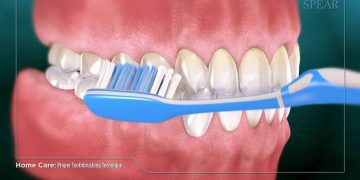
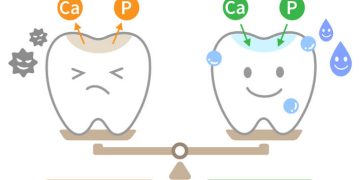
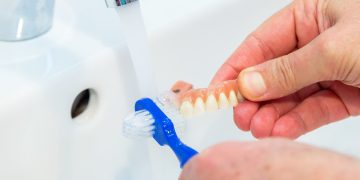



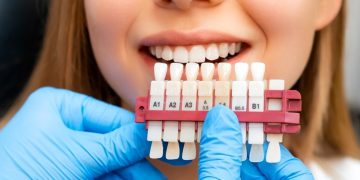
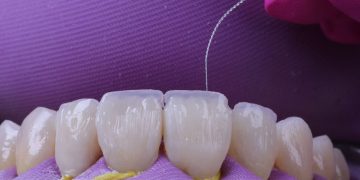
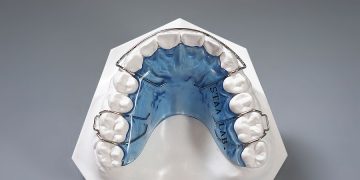
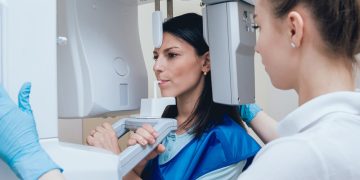
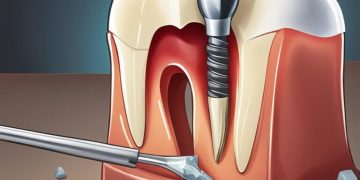
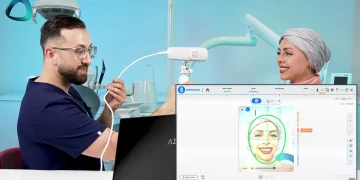


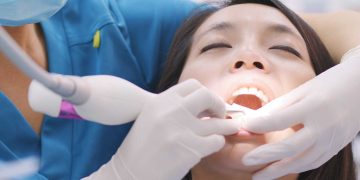









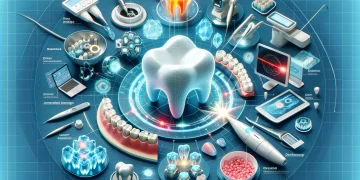


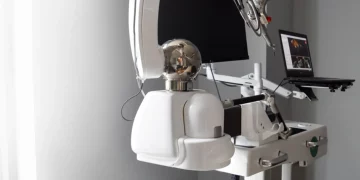
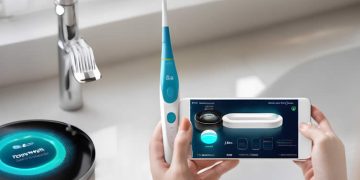
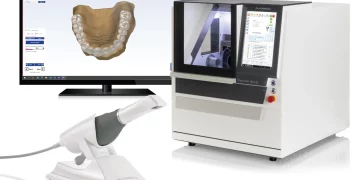
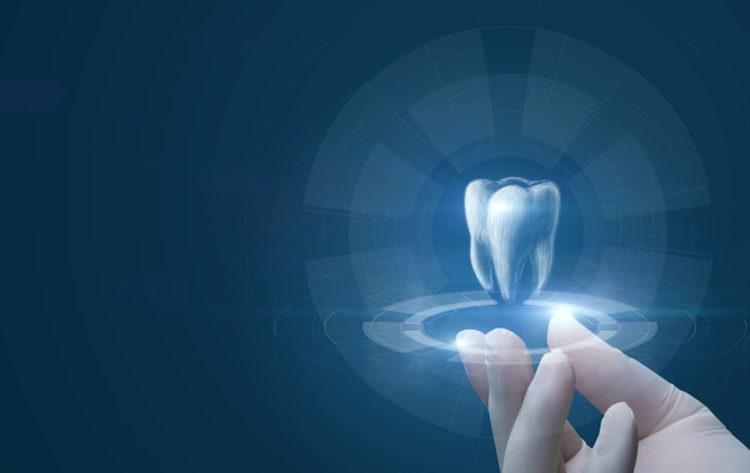












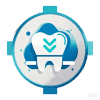
Discussion about this post